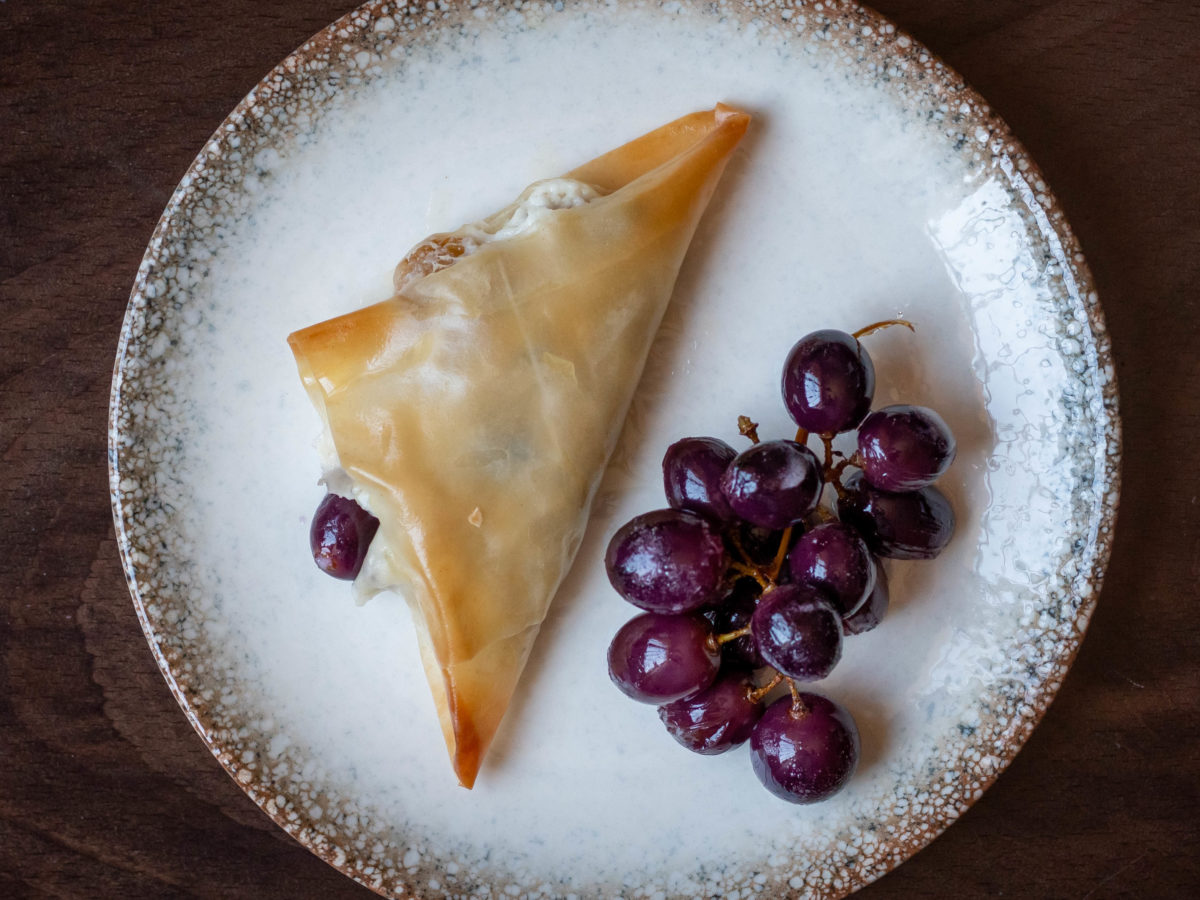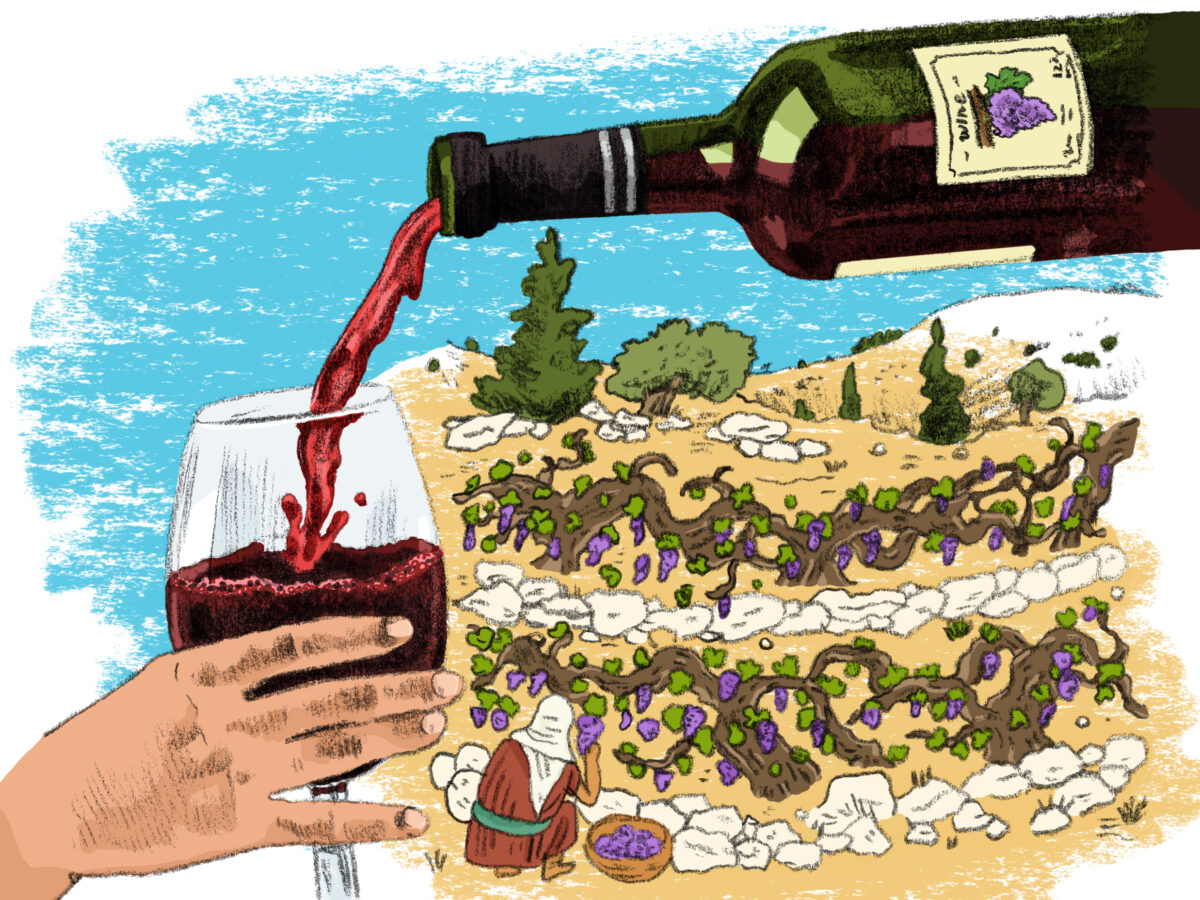“Citrus fruits were created from three ancient parents: mandarin, pomelo, and citron,” said Dr. Ron Porat, a researcher in the Department of Agricultural Product Research at the Volcani Center, on opening his lecture. Dr. Porat is involved in research on the storage of citrus fruit, pomegranates and guavas, food waste and loss, and also on the taste and aroma of fruits. “For example, an orange is a hybrid between a mandarin and a pomelo. A grapefruit is a hybrid between a pomelo and an orange, a lemon is a product of citron and a katif (bitter orange) and a lime is a hybrid of cumquat (Chinese orange) and citron. Alongside these hybrids, many natural mutations have also been created, such as red, pink and seedless grapefruits.”
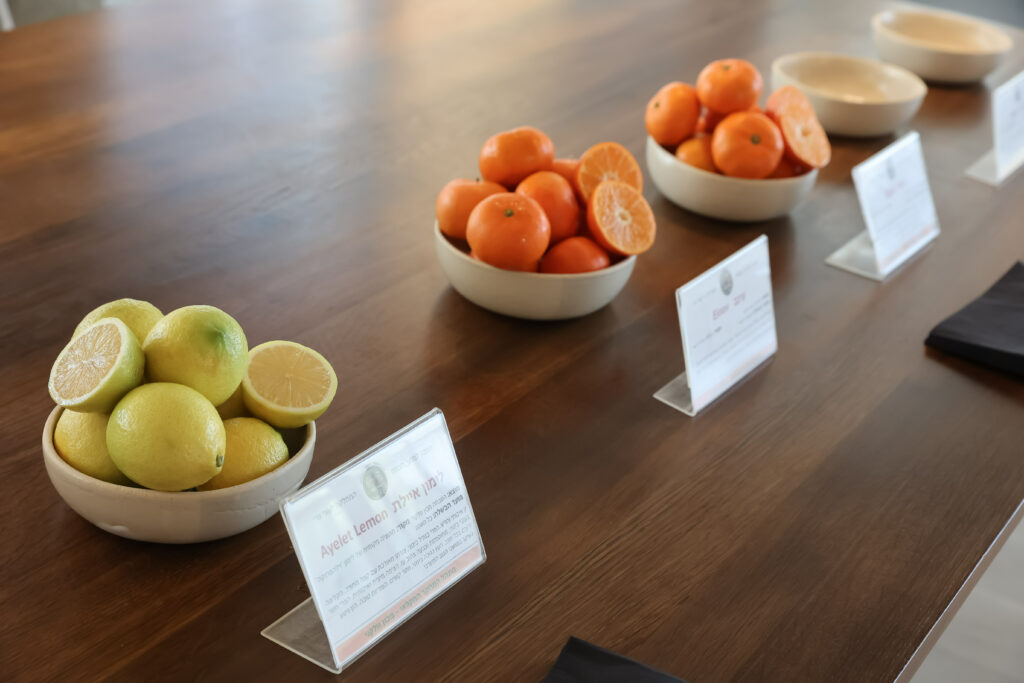
Citrus fruits came from the region of Southeast Asia , and have spread throughout the world. At the time of the establishment of the State, about 98% of agricultural exports were “Shamouti” oranges, discovered in Jaffa in the 19th century. “They have an elongated shape, they’re easy to peel, and they were named after the place where they were found- Jaffa. Later, this name became the trademark Israeli citrus fruit. Since it is a subtropical fruit, the local climate conditions in Israel are excellent for its cultivation.”
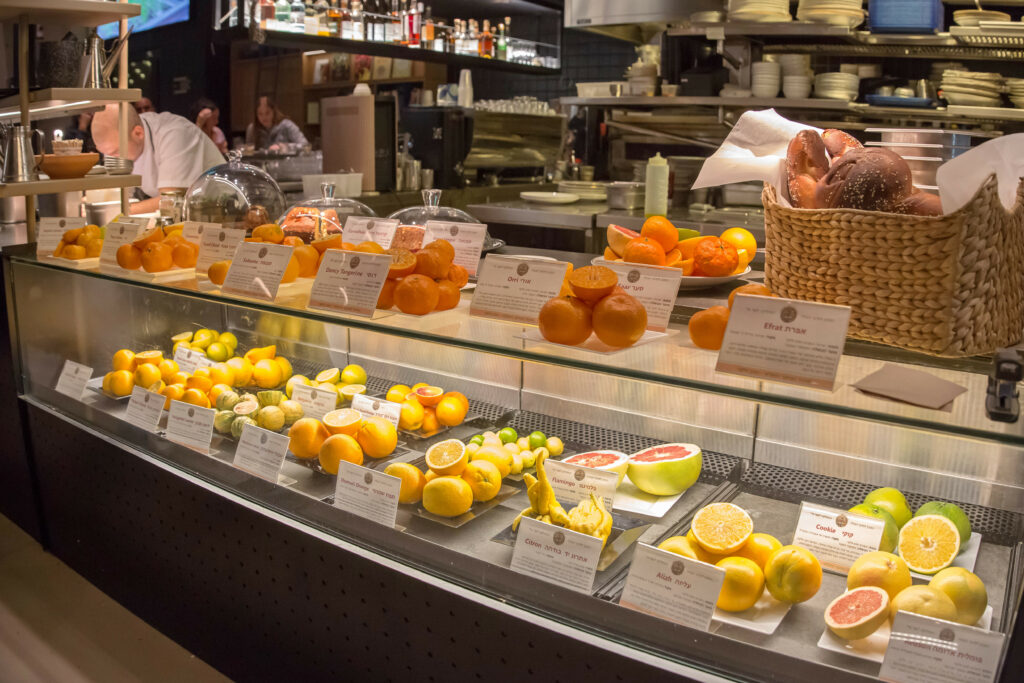
How to Improve Citrus Fruit?
Dr. Porat revealed the Volcani Center’s methods for grading the aromas and tastes of fruits, of which the prominent are sweetness, acidity, and bitterness, while the aromas are composed of dozens of nonpersistent agents that can be measured in laboratories. That, in fact, is Dr. Porat’s work.
The cultivation of citrus fruits in Israel began prior to the establishment of the State, with what is called in professional jargon “introduction” of varieties from neighboring countries and the sifting of natural mutations. Starting in the 1970s, by focusing on the needs of consumers and growers, and with the background of the worsening climate crisis – researchers at the Volcani Center began to carry out new crossbreeds that were found to be more resistant, more healthy and tastier. It is a long and complex process: “In the classical breeding process, a variety that is marked as exceptional will undergo an additional process of mutagenesis in order to select seedless and consumer-friendly types.” According to Dr. Porat, it is not a simple process, and at times it is also long and tedious. “Out of thousands of seedlings, only one or two will be found to be suitable, and then we have to wait between two to three years for the first fruits to come out.” Here too, the story can be complicated: “It may be that in the first year, the fruits came out without seeds, which is a result that we hope for at times. But this does not guarantee that in the next year, they will not be completely different.”
In parallel to working to breed the species intended for the market – at the Volcani Center, for the last two decades they have been working on the study of more advanced methods of breeding – at this time for research purposes only, and not for marketing. “For example, with genetic engineering, we can introduce specific genes to the plants and make a superb strain red, or change the time of its harvest. Genetic engineering also allows us to take genes from different organisms and blend them – which is not possible at all in classic breeding.” However, Dr. Porat notes that “the major drawback with genetic engineering is the public opposition – mainly in Europe – to growing and marketing transgenic crops (genetically engineered plants).”

Genomic editing, which is breeding performed with the Crispr technology, for which the scholars that developed it were awarded the Nobel Prize in Chemistry in 2020. “The method allows the creation of a precise mutation at a specific location without the integration of foreign DNA, and because it is accepted in the world, including in Europe – it will be possible to use it in the European market as well” . Moreover, the fruits of genomic editing should not be tasted, and at the Volcani Center, they use this technology for research purposes only.
After the lecture, the participants tasted five different varieties of citrus fruit: First the well-known Mediterranean mandarin which used to be grown in the Israel’s backyards, and then the red “Radson” Sweetie – which was created by targeted hybridization between the pomelo and the grapefruit. “This is the only seedless red Sweetie in the world,” Dr. Porat explained. “It has a pleasant bitterness, it is full of juice, and today it is beginning to enter the commercial market in Israel.” Next, the participants tasted the new hybrid “Aliza”, which is a hybrid between pomelo and mandarin. “This is a fruit with a unique mustard color. It is seedless, with a special taste, and has the highest juice content among all the citrus fruits. One could say that this is a new type of citrus fruit. Because it is new, it is difficult to market, and therefore it is not yet possible to find it in stores, but currently there are efforts being made to promote the marketing of the hybrid ‘Aliza’ in Spain”. Following on, the participants tasted the seedless lemon “Ayelet,” which proved itself resistant to the Mal Secco fungal disease that attacks Israel’s lemon orchards, and also a new breed of tasty and seedless mandarin which are currently starting to be grown commercially.
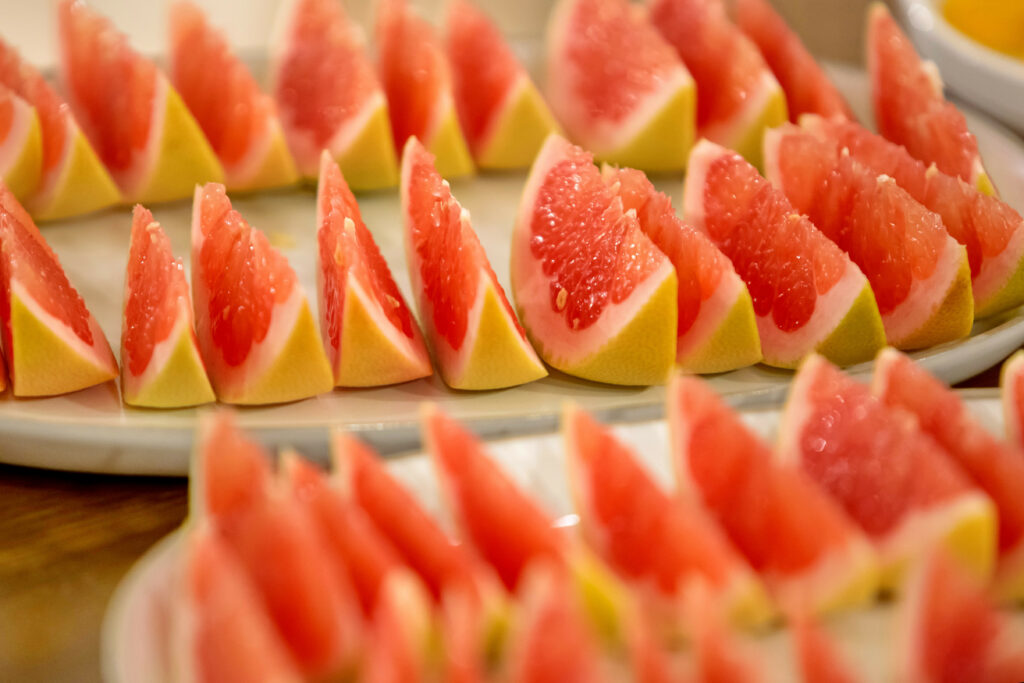
“Why do we need to improve the breeding of fruits at all?” This question was asked by Dr. Porat and his colleague Yossi Yaniv, a research engineer in the citrus breeding project at the Volcani Center, who had brought citrus fruits for tasting directly from the orchards on the morning of the lecture and had set up an exhibition of citrus fruits, at the Asif Cafe during the day. “Our goal at the institute is to create better varieties. The targets we have set are, for example, to extend the harvest season; creating superior varieties of mandarin; creating seedless varieties; creating varieties with a red color that are considered healthier; creating new and unique hybrids and creating varieties that resemble the grapefruit and are free of pyrrolizidine alkaloids (natural substances found in grapefruits and pomelos that may be harmful to people taking certain medications such as statins). We are constantly working to improve local citrus fruits in a variety of ways – and we are very proud of our work.”

